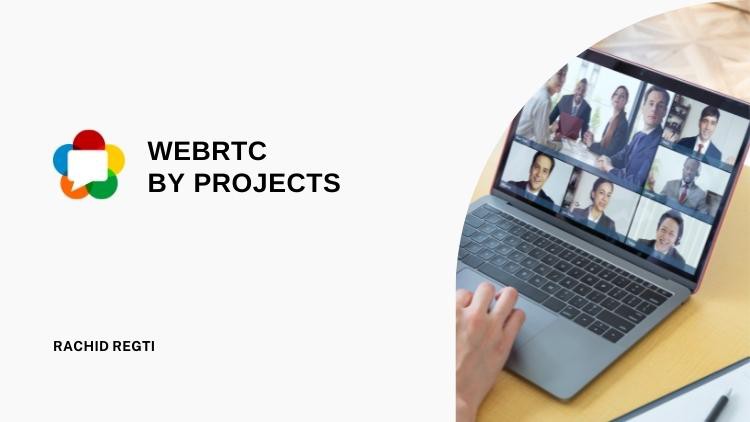Webrtc by Projects – FreeCourseSite
In this class, there is a lot of theory and a lot of hands-on work. Webrtc and Canvas are the only two things that make this course unique.
What you’ll learn
Webrtc by Projects – FreeCourseSite
- Understand what Webrtc is made up of.
- When you send a signal on Webrtc
- Understand how the Ice works.
- WebRTC and Canvas can be used to make two real-time apps.
Requirements
- Having some knowledge of JavaScript and HTML is a good start
- MAC or PC
Description
In this class, there is a lot of theory and a lot of hands-on work.
This course is for people who want to learn how to use Webrtc with Canvas and for people who want to learn how to use Webrtc with Webrtc.
We will build projects step by step to learn about Webrtc.
What is a MediaStream? You will find simple answers to questions like that. How do I get this thing? how to use an RTCPeerConnection object and what each step of the signaling process is
Because we need STUN and TURN servers and the ICE mechanism, you will also learn what an Ice Candidate is. You will also know why we need STUN and TURN servers and what the ICE mechanism is for.
In this class, there are three parts:
- You’ll learn how to make a nodejs server with Socket io (for signaling) and how to put it on Heroku with Github.
- We start with the first project in Section 2. It’s a real-time video communication that we make with Webrtc.
- When we build our second project, we used canvas to communicate with each other in real-time. The user will draw on the live video and send the video’s context to the other person using WebRTC instead of directly sending the live video from a source.
Who this course is for:
- Anyone who wants to learn or build Webrtc apps.










